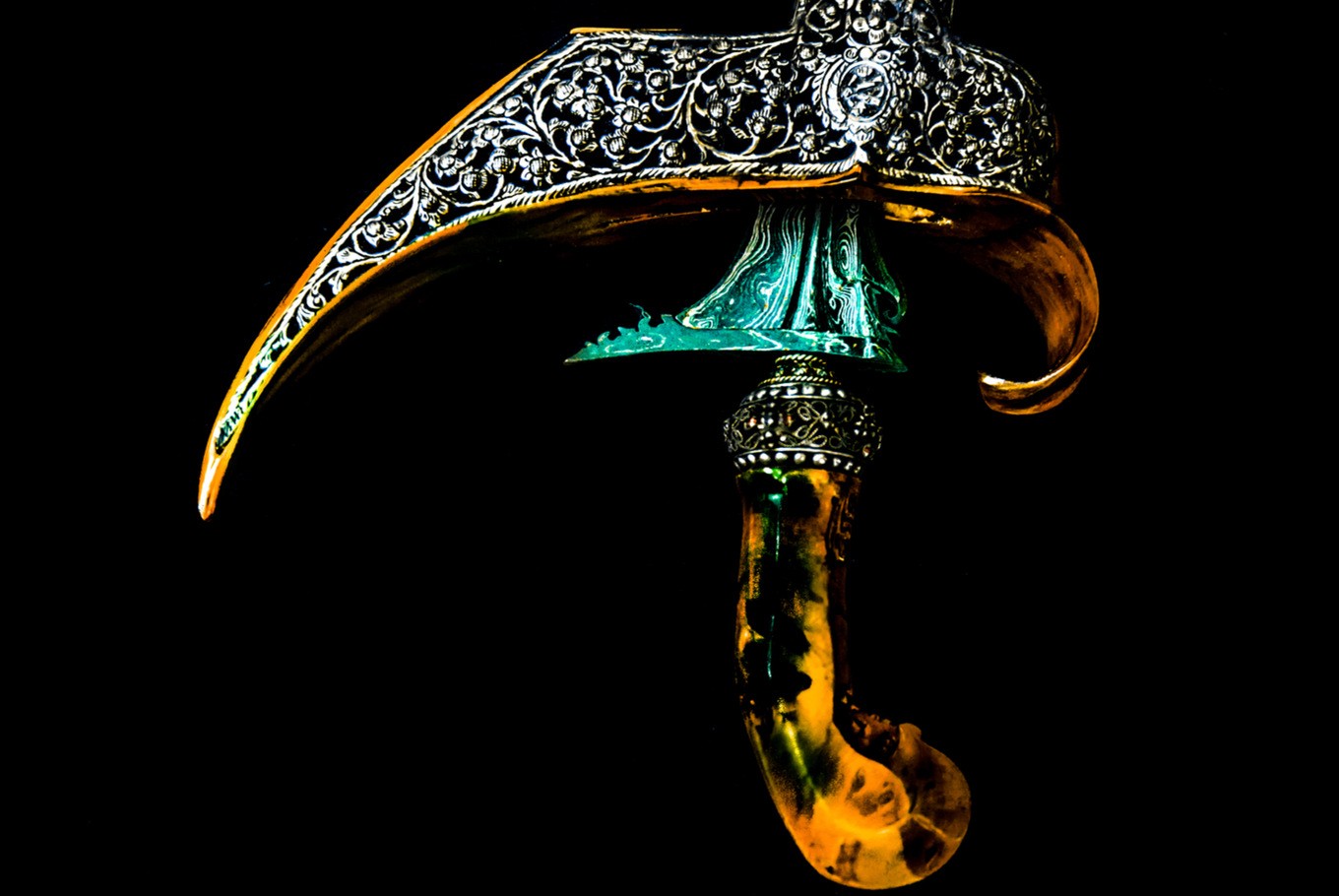Popular Reads
Top Results
Can't find what you're looking for?
View all search resultsPopular Reads
Top Results
Can't find what you're looking for?
View all search resultsKris lovers seek a way to penetrate generation Z
The future of kris depends on how parents approach Generation Z and give its members a reason to love the traditional dagger.
Change text size
Gift Premium Articles
to Anyone
R
aised in a Javanese family that upheld culture and tradition in Yogyakarta, businessman Cakra Wiyata grew up understanding the grandeur of kris. He has a collection of around 100 kris at home.
His children, aged 16 and 14, initially did not show particular interest in his collection. They would express their boredom when he started talking about kris. However, one day when he showed them a new rare addition to his collection, they immediately took a selfie with the kris and proudly posted it on their Instagram accounts.
“They wrote, ‘Hey, I am just holding a kris from the Singosari kingdom,’” Cakra said in a recent discussion at Pusaka Museum at the Taman Mini Indonesia Indah (TMII) cultural park in East Jakarta.
His children’s spontaneous action on social media made him realize that kris, named a Masterpiece of the Oral and Intangible Heritage of Humanity by the United Nations Educational, Scientific and Cultural Organization (UNESCO) on Nov. 25, 2005, could become more popular in the era of Generation Z, a label given to those born after 1995 and deemed hyper-connected.
Known as “digital natives”, members of Generation Z generally don’t know what it’s like to not have a cell phone attached to their hands. Its members are concerned with how many “likes” they get on Facebook or how many followers they have.
“It is not about young people who care about culture. But, it is about cultural observers who care about young people,” Cakra said of Generation Z.
(Read also: Video: T. Kardin Indonesian knives: equaling quality with the world's knife company)
For Generation Z, the internet is a need and most of its members access the internet through mobile devices such as smartphones and tablets.
For Cakra, approaching the members of Generation Z matters so they learn about kris. He once conducted a small survey to know about the impression of young people on kris. Cakra found that 79 percent of his respondents were not aware that kris had been recognized by UNESCO, while 65 percent were not interested in possessing the dagger.
“When I asked their reason, 32 percent answered, syirik [the sin of practicing polytheism in Islam],” he said, laughing.
He believed that the word syirik popped up in the minds of respondents because they were influenced by TV shows that often associated shamans with daggers, incense and offerings.
Cakra has been in love with kris since his days as a young athlete.
“In the past, I had 200 to 300 kris. But, I sold and gave [some of them] to my friends.”
He recalled that he gave each of his children kris to mark their transition to adulthood. He hopes the daggers remind them of him and encourage them in hard times. “Kris is not just a gift, it has a meaning. Someday they will see it as an heirloom. After I die, it will be a reminder [of me],” he said.
Another kris collector, Unggul Sudrajat, has introduced his collections to his two sons, aged 3 and 4, because he wants them to understand its historical and cultural values.
(Read also: Graceful dance recital highlights unity in diversity)
The owner of at least 150 kris also wants to counter people’s perception that the traditional dagger is associated with mystical things.
“I want to start in my family first,” said the 29-year-old.
He has involved his sons in the maintenance of kris by teaching them how to carefully hold and release them from their scabbard.
“In the future, I will teach them to understand the pola pamor [pattern] and typology of their shapes,” he said.
Unggul has been collecting kris since 2010 after meeting kris maestro Haryono Haryoguritno, late president Sukarno’s aide who stood on the front lines of convincing UNESCO to recognize kris as world heritage in 2005. He spent one-and-a-half years learning about kris from Haryono, author of the book Keris Jawa, Antara Mistik dan Nalar (Javanese Kris, Between Mystical and Logic).
Unggul tries to promote kris worldwide — simply by posting photographs of his collections on Instagram, Twitter and Facebook.
“We are cultural diplomats, — young people who care about culture. I always include the hashtag #krisindonesia to make it easier for people to find information about kris,” he said. Using social media to interact with young people has proven effective because many youngsters from various cities, ranging from Bondowoso in East Java, Pontianak in West Kalimantan to Makassar in South Sulawesi, have contacted him to learn about kris. “They often say, ‘At home, I also have kris, which is the legacy of my parents. It is in my cupboard. But I never open it because I am afraid. What should I do?’” he recalled. Directed to the right people, such questions will lead to an eye-opening discussion that can change the youngsters’ perception on kris.











